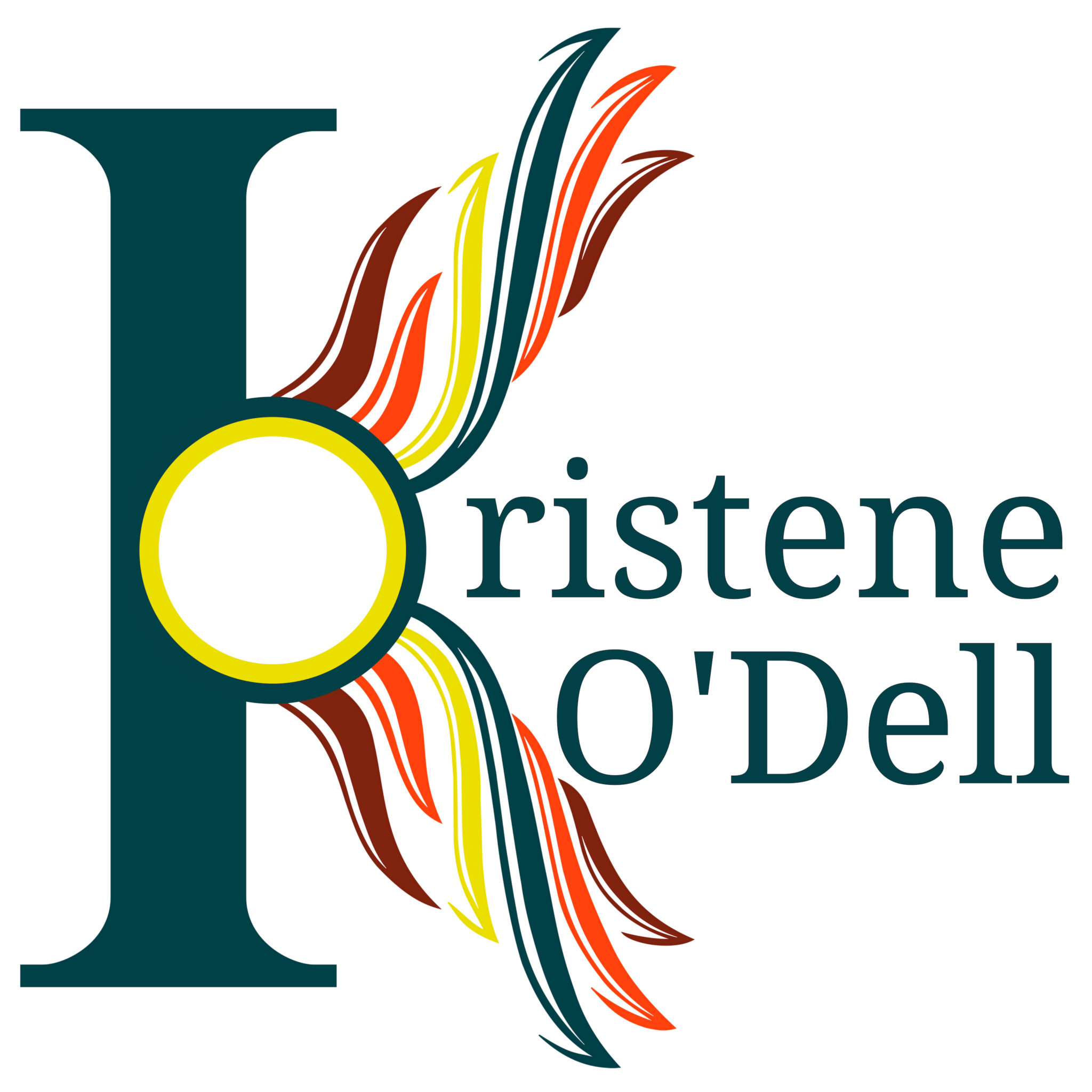“You can’t force creatives into a box. If you try, they’ll no longer be creative. And no one will want your box.” ~ Ryan Lilly
I am about to start writing a book. The main premise reads something like this: How creatives can overcome and be healed from the systematic shut down they have endured and
7. Creative people, to an extent, escape rigid gender role stereotyping.
In his article The Creative Personality, Mihaly Csikszentmihalyi explains this in more detail. This idea shouldn’t be confused with sexual identity, rather it’s a “wider concept referring to a person’s ability to be at the same time aggressive and nurturant, sensitive and rigid, dominant and submissive, regardless of gender. Creative individuals are more likely to have not only the strengths of their own gender but those of the other one, too.”
I never fit the mold. Ever. Although, I tend to be completely oblivious to that fact. I can remember an instance in 3rd grade that defines my naivety perfectly. I was an avid reader as a child. My teacher was introducing a new book that she was about to read to us, Stuart Little. She asked the question, “Who knows who Stuart Little is?” To which I excitedly replied, “He’s not a person. He’s a mouse!” She looked at me with frustration, and instead of affirming that my answer was correct, she sent me out to stand in the hall. I remember to this day the shame I felt being exposed as a troublemaker to anyone passing by. Along with being completely bewildered at what had just happened. When she came out to talk to me, she asked if I understood why she had sent me out of the class. Because I was a child and she was an authority figure, I shook my head yes. But in truth, my internal dialogue went like this: “You asked a question and I answered it!” This has been the story of my life ever since.
As a child, I was enamored with the make-believe worlds that I read in books. And with pure joy, I simply wanted to share my experiences with my friends in the class. But likely, what was going through my teacher’s mind was that I ruined her planning of taking us on a journey to discover the fact that Stuart Little was indeed a mouse. She probably saw me as a “know it all.”
Highly creative people experience this scenario over and over again throughout their lives. Every place has a culture: classrooms, families, churches, businesses, etc. I find that I typically come into conflict not with what is true, but with what is culturally acceptable. Constant painful experiences attempt to rob the Creative of
Oh, and by the way, that systematic shut down that I mentioned isn’t really about the external conflicts that you will face. They will always be there. Rather, it’s more about how you internally process those painful experiences. Let Jesus have his way in your heart. He has walked this path before. You can find comfort in this: If ever there was one that didn’t fit the mold – it was Jesus.
Psychology Today article:
https://www.psychologytoday.

